The New Rules for Treating Chronic Pain – STEPHEN F. GRINSTEAD (Digital Seminar)
$219.00 $65.00
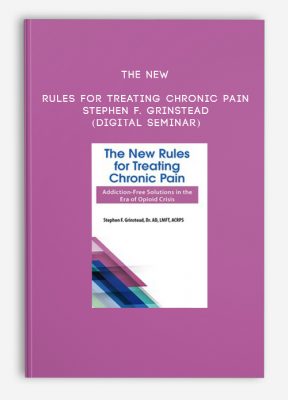
The New Rules for Treating Chronic Pain – STEPHEN F. GRINSTEAD (Digital Seminar)
Sale Page
Get The New Rules for Treating Chronic Pain – STEPHEN F. GRINSTEAD (Digital Seminar) on Salaedu.com
Description:
Add a valuable dimension to your practice and prepare yourself to help clients in chronic pain with behavioral solutions!
The landscape of chronic pain treatment is changing rapidly as we wean ourselves off the traditional bio-medical approach that emphasizes harmful opioid-based pain management approaches.
And the demand for mental health professions who can work with chronic pain management is likely to explode as the CDC’s new recommendations favoring behavioral treatments will have more people than ever before seeking drug-free solutions to their pain
Watch chronic pain management expert, Dr. Stephen F. Grinstead, Dr. AD, LMFT, ACRPS, for this one-day program and get the proper understanding, skills and treatment techniques you need to address the neurobiological, social and emotional aspects of chronic pain when potentially addictive medications are not an option.
Purchase and discover:
- How common coexisting disorders and family dynamics can sabotage treatment – and what to do about it
- A synergistic treatment plan incorporating the mind, body and spirit for healing
- Strategies to empower clients to be proactive in their healing process and a relapse prevention plan
Outline:
A Deeper Understanding of the Chronic Pain Problem – Knowledge is Power
- Differentiating between acute and chronic pain
- Understanding neuropathic pain
- Managing recurrent acute pain aka Pain Flare Ups
- Moving beyond anticipatory pain
- Making peace with chronic pain
The Major Problems for Clients Living with Chronic Pain and Coexisting Disorders
- Mistreated or undertreated chronic pain
- Over-utilization of the traditional biomedical model
- The Synergistic impact of chronic pain and unidentified and/or untreated coexisting disorders
- The misapplication or lack of MAT
- Lack of integrated Body-Mind-Spirit treatment approaches
Common Coexisting Disorders that Can Sabotage Treatment Outcomes
- Substance misuse, abuse, pseudo addiction or addiction
- Unresolved trauma history (PTSD)
- Anxiety Disorders including social anxiety disorders
- Depression including bipolar disorders
- Cognitive impairment from living with high levels of untreated pain
The Role of Resistance and Denial in Obtaining Positive Treatment Outcomes
- The need to normalize and depathologize denial
- Understanding denial as a part of the human condition
- The role of the “Inner Saboteur” in failed treatment outcomes
- Learn how to identify and manage the 12 denial patterns and treatment resistance
A Synergistic Treatment Plan for Healing the Whole Person
- Identifying and implementing:
- Biological treatment interventions
- Psychological treatment Interventions
- Social/Family/Cultural treatment Interventions
- Spiritual treatment interventions
How to Measure Treatment Outcomes
- Implement Pre-Pre-Post treatment outcome measures
- Empower clients to become proactive participants in their own healing process
- Relapse prevention and continue care plans for chronic pain, opioid use disorders and psychological disorders
- Ongoing plans to increase levels of functioning and improve quality of life
FITNESS – HEALTH – MEDICAL Course
More information about Medical:
Medicine is the science and practice of establishing the diagnosis, prognosis, treatment, and prevention of disease.
Medicine encompasses a variety of health care practices evolved to maintain and restore health by the prevention and treatment of illness.
Contemporary medicine applies biomedical sciences, biomedical research, genetics, and medical technology to diagnose, treat, and prevent injury and disease,
typically through pharmaceuticals or surgery, but also through therapies as diverse as psychotherapy, external splints and traction, medical devices, biologics, and ionizing radiation, amongst others.
Medicine has been around for thousands of years, during most of which it was an art (an area of skill and knowledge) frequently having connections to the religious and
philosophical beliefs of local culture. For example, a medicine man would apply herbs and say prayers for healing, or an ancient philosopher and physician would apply bloodletting according to the theories of humorism.
In recent centuries, since the advent of modern science, most medicine has become a combination of art and science (both basic and applied, under the umbrella of medical science).
While stitching technique for sutures is an art learned through practice, the knowledge of what happens at the cellular and molecular level in the tissues being stitched arises through science.
More Course: FITNESS – HEALTH – MEDICAL
Outstanding Course:Dr. David Brownstein DVD Collection
1 review for The New Rules for Treating Chronic Pain – STEPHEN F. GRINSTEAD (Digital Seminar)
Add a review Cancel reply
Related products
HEALTH - FITNESS - LIFESTYLE - MEDICAL
HEALTH - FITNESS - LIFESTYLE - MEDICAL
Somatic Interventions for Treating Complex Trauma with Janina Fisher, Ph.D. from Janina Fisher
HEALTH - FITNESS - LIFESTYLE - MEDICAL
Complete Certified Professional Coach Online Course from Berry Fowler
HEALTH - FITNESS - LIFESTYLE - MEDICAL
HEALTH - FITNESS - LIFESTYLE - MEDICAL
HEALTH - FITNESS - LIFESTYLE - MEDICAL
HEALTH - FITNESS - LIFESTYLE - MEDICAL

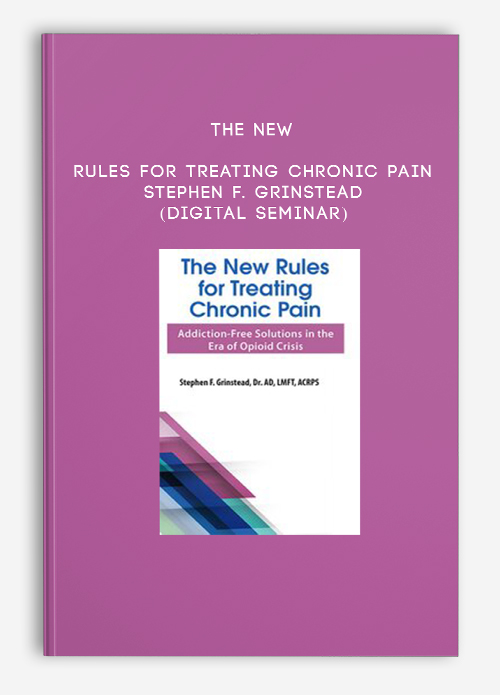

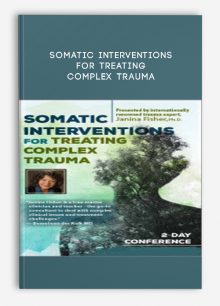

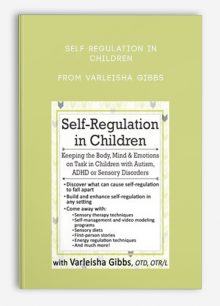

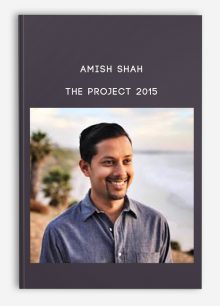
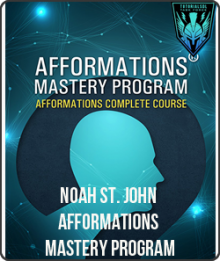

king –
We encourage you to check Content Proof carefully before paying.
“Excepted” these contents: “Online coaching, Software, Facebook group, Skype and Email support from Author.”
If you have enough money and feel good. We encourage you to buy this product from the original Author to get full other “Excepted” contents from them.
Thank you!